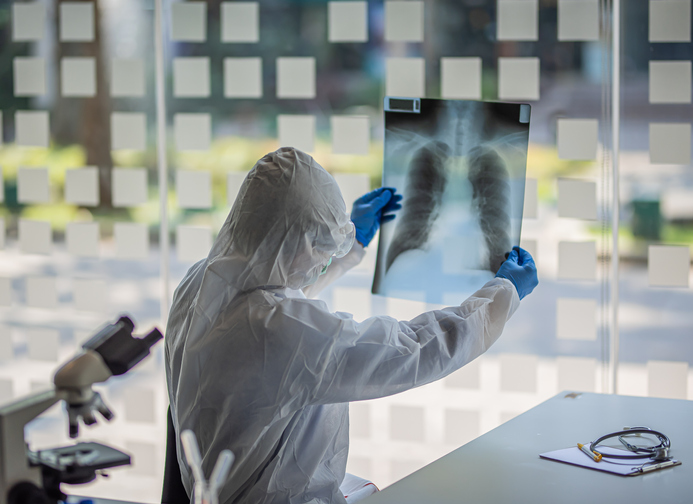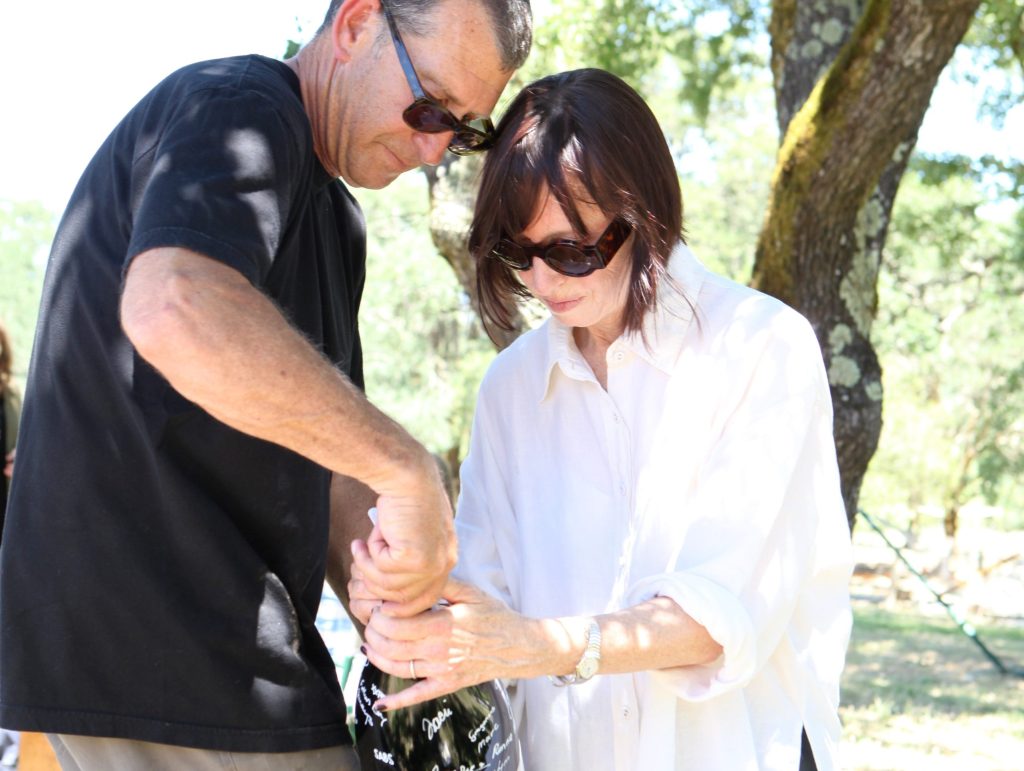The novel coronavirus has been with us since January 2020—and California is still in a continuation of the first wave. As the pandemic drags on, the medical community has acted as a sponge, absorbing knowledge of how the infection is best treated from each new case.
Vernon Giang, M.D., chief medical executive of California Pacific Medical Center (CPMC), part of the Sutter Health not-for-profit integrated network of care, shares four learnings CPMC clinicians have discovered since they began treating some of the nation’s first COVID-19 cases in March.
Constantly Refining the Approach to Treatment
COVID-19 symptoms differ based on the severity of disease. Fever, cough, and shortness of breath are more commonly reported among those who are hospitalized with COVID-19 than among those with milder cases of the disease.
“Early on, the thinking was to put patients with compromised lung function on a ventilator,” said Giang. “We’re managing patients much better now with high-flow oxygen. This is an incredible advance to keep patients surviving COVID-19 without bearing the risks of intubation.”
Additionally, Giang says, “Treatment of COVID patients has become more focused over the last few months because we’ve learned what drugs are effective against the disease.”
For instance, clinicians have learned that hydroxychloroquine or chloroquine isn’t effective against COVID-19. Rather, the anti-viral drug remdesivir is producing much stronger outcomes.
Increased & Faster Testing Means Early I.D. of Positive Patients
CPMC, like all hospitals in the Sutter network, test hospitalized patients for COVID-19, including those preparing for an upcoming surgical procedure.
“Testing is a very important part of controlling the spread of COVID-19. If we can get increased rapid testing down and make it widespread, we can help decrease the community spread of this virus. Testing in a hospital setting is important, too, as it enables staff to separate positive patients away from others, thus reducing exposure,” says Giang.
Sutter hospitals have also adopted cohorting, or grouping together, COVID positive patients on the same floor, which reduces the risk of spread and the need for additional PPE.
Clinical Progression Timeline
Giang shares that there is a strong correlation between patient infection rates and large public gatherings.
“We’re on a four- to six-week cycle,” he said. “People in early June were asking, ‘Why isn’t the death rate and hospitalizations rising?’ but we’ve learned it’s because the infection cycle takes time.”
An example of this timeline is when the country began opening over Memorial Day (May 22-25, 2020).
Giang explains that it took a couple of weeks after the holiday (COVID’s 2 to 14-day incubation period) for individuals to contract the virus and, in some cases, get sick enough that their symptoms required medical attention. In week’s three and four (or more), around mid-to-late June, we began seeing people hospitalized and pass away from the virus in increased numbers because the virus had taken its toll on their bodies.
Additionally, he confirms that patients with chronic diseases or conditions such as diabetes, heart disease and cancer, have a much greater chance of succumbing to COVID-19 because their bodies are already at a physical disadvantage, making it harder to fight off the disease.
Masking Works
According to Giang, we’ve learned there are significant portions of the population, particularly young people, who are asymptomatic or show no COVID-19 symptoms.
“What we’re seeing now is a surge in cases across the U.S. There are a number of reasons for this increase, including folks who are tired of being cooped up and returning to daily activities as if COVID didn’t exists. Some of it is from the fallout of people thinking they’re invincible and like it can’t happen to them.”
He continues, “We know that diligent masking works to help to slow the virus’ spread.”
Since March 2020, all Sutter hospitals, as well as Sutter outpatient and Walk-In Care facilities, have enacted 24-7 masking for all employees and patients. The Sutter network has also restricted visitors in these facilities.
“We’ve been able to effectively keep on top of community spread [within CPMC],” he said. “Now that we’re seeing a patient surge, we need to continue to be prudent about masking and how we connect and carry on about our everyday lives. Social Distancing and cleaning your hands frequently are also important. Things are opening up, but that doesn’t mean this virus is over.”
The Learning Never Stops
CPMC physicians, like those in teams across Sutter network, are constantly refining their approach to care in treating COVID-19 patients.
“A lot of people we’re seeing are recuperating. We’re learning everyday about how to be more effective with our treatment and we’re sending people home.”





